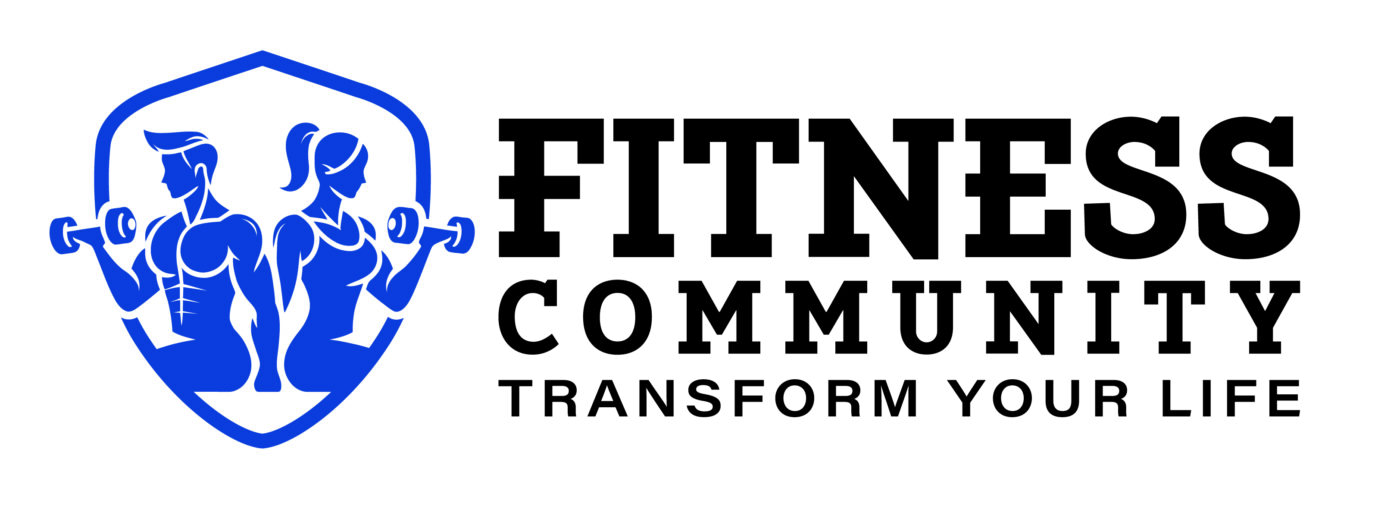WEIGHT LOSS AND FITNESS GOALS
How to Achieve Body Recomposition: Building Muscle and Losing Fat Simultaneously
Setting fitness goals often includes aspirations to both lose weight and build muscle. If you aim to accomplish both simultaneously, you are pursuing body recomposition. Here’s a guide on how to develop the right diet and workout routine to achieve body recomposition effectively.
What is Body Recomposition?
Body recomposition entails increasing lean body mass while reducing body fat percentage. It involves changing your body composition by simultaneously losing fat and building muscle.
Can You Build Muscle While Burning Fat?
To lose body fat, you need to maintain a caloric deficit, where you consume fewer calories than you burn consistently. A deficit of 3,500 calories leads to the loss of one pound of body fat. By creating a deficit of 500 calories per day, you can lose approximately one pound of fat per week.
Muscle growth, known as hypertrophy, requires both a stimulus and the necessary resources. Strength training, involving progressive overload, provides the stimulus for muscle growth. Resistance exercises cause micro-damage to muscle fibers, triggering the body’s reparative process and muscle protein synthesis.
Muscle protein synthesis requires adequate protein and energy (calories). After breaking down the proteins from your food into amino acids, these building blocks are transported to the muscle tissue and assembled into new reparative proteins.
However, there seems to be a dilemma. Building muscle requires a caloric surplus, while losing fat necessitates a caloric deficit. So, can you achieve both goals simultaneously?
Although evidence suggests that a caloric surplus is needed for muscle growth, there’s an important consideration. The body doesn’t experience the caloric deficit and surplus strictly within a 24-hour cycle. Instead, caloric balance is assessed on a minute-by-minute basis.
When you consume food, your body enters a state of relative caloric surplus, as there’s an influx of energy and nutrients. As time passes after eating, your body experiences a state of relative caloric deficit.
By strategically timing your nutrition, you can support muscle protein synthesis immediately after your workout while controlling your caloric intake later in the day. This approach allows for potential simultaneous achievement of body recomposition goals. Although progress in each area may be slower compared to focusing on one goal at a time, you can still make progress in both directions.
How Should You Eat to Gain Muscle and Lose Fat?
Research suggests that the most effective diet for building muscle in a caloric deficit includes consuming 2.3–3.1 grams of protein per kilogram of lean body mass daily, obtaining 15%–30% of total calories from fat, and the remaining calories from carbohydrates. Distributing these nutrients across three to six meals per day is ideal. Consume 0.4–0.5 grams of protein per kilogram of body weight in the meal before and after resistance training. For instance, if you weigh 75 kilograms (165 pounds), aim for a minimum of 173 grams of protein per day and around 37.5 grams after your workout.
Keep in mind that your fat loss rate may be slower when simultaneously building muscle. Research indicates a maximum fat loss rate of 0.7% of body fat per week. For a person weighing 75 kilograms, this translates to a loss of approximately 0.525 kilograms or 1.2 pounds of fat per week.
In conclusion, by strategically managing your diet, performing appropriate resistance training workouts with progressive overload, and being patient, it is possible to achieve body recomposition—simultaneously building muscle and losing fat.

